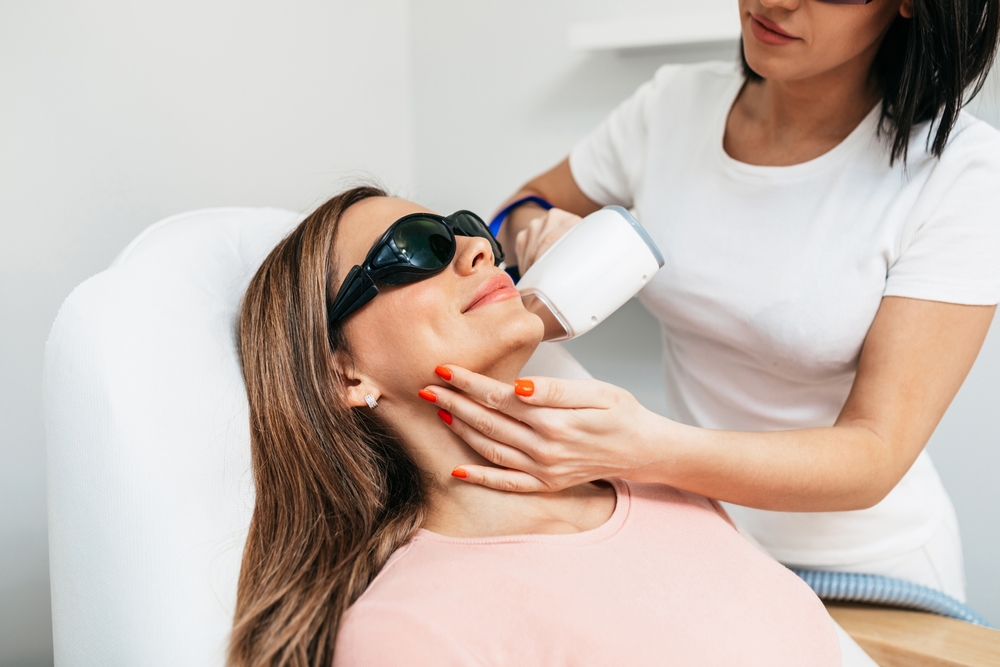Hair loss can be a complex experience for many individuals, and understanding available treatment options can make dealing with hair loss easier. Laser hair growth therapy is a treatment that stimulates hair follicles and promotes growth. Here is more information on the process, types, and expectations surrounding this therapy:
What Is Laser Hair Growth?
Laser hair growth therapy is a non-invasive procedure that utilizes specific wavelengths of light to stimulate inactive or weakened hair follicles. Unlike surgical methods such as hair implants, laser therapy offers a pain-free, outpatient solution to manage hair thinning and encourage natural growth. The treatment is suitable for men and women experiencing pattern baldness, thinning, or general hair loss.
The therapy focuses on improving cellular activity in the scalp. By increasing blood flow to the affected areas, the treatment delivers oxygen and nutrients to the hair follicles. This helps restore the hair’s normal function and promotes growth.
How Does It Work?
The principle behind laser hair growth therapy centers on photobiomodulation, a process where low-level laser light penetrates the scalp and stimulates cellular activity. The light energy specifically targets hair follicles, encouraging them to transition from a dormant state into an active growth phase. Treatment also enhances circulation in the scalp, fostering adequate blood supply, oxygen, and nutrients to the hair follicles.
The increased cellular activity and blood flow collectively work to promote a healthier environment for hair to grow thicker and stronger. The therapeutic wavelengths of light used in laser treatment are non-thermal, meaning they do not produce heat. This aspect minimizes risks and enables a safe treatment process for users.
What Does the Process Involve?
The process of this therapy begins with an initial consultation. During this session, a professional evaluates the individual’s hair loss pattern and overall health to determine suitability for the procedure. Once deemed a viable candidate, specific treatment plans are developed based on the individual’s needs.
Sessions are typically quick. The therapy involves exposing the scalp to low-level lasers in the targeted areas. It consists of no downtime, allowing individuals to resume their day immediately after the session.
For optimal results, consistency is key. Treatments are often scheduled a few times a week for a period of several months. Consulting a specialist helps determine what the process will be like for each individual’s unique situation.
What Kind of Results Can You Expect?
Results can vary depending on the individual, their degree of hair loss, and their adherence to the treatment schedule. Individuals may notice initial improvements, such as reduced hair shedding, within several weeks of consistent use. Visible hair growth, including thicker and stronger hair strands, may occur after a few months of regular treatment.
Continued progress depends on long-term use, as stopping the treatments entirely may lead to the recurrence of hair thinning. This therapy is most effective in early to moderate stages of hair loss. While it may not fully restore hair density in advanced cases, it can slow down the progression of hair loss and improve the quality of existing hair.
Address Hair Loss Today
Laser hair growth therapy offers a non-invasive solution to tackle hair loss and rejuvenate hair follicles. From improving scalp circulation to promoting thicker, healthier hair, this approach leverages advanced technology to deliver effective results. If you’re ready to explore this therapy as a potential option, consult with a professional. Take the first step toward addressing hair loss today.
- FREHF – The Revolutionary Future Of Human-Centered Technology!
- Adsy.Pw/Hb3 – Boost Your SEO And Drive More Traffic!
- Fitness Based Vacations By Timeshealthmage.com!
- TimesHealthMag Tips For Improving Sleep Quality – Expert Advice For Better Rest!
- How TimesHealthMage Helps Improve Your Lifestyle Habits!


Leave a Reply